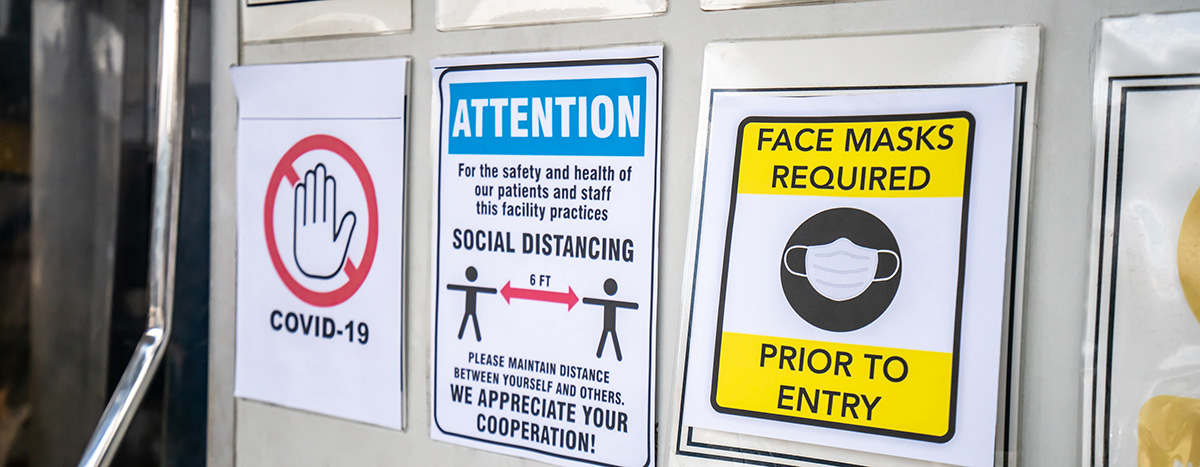COVID-19 has added a new dimension to workplace safety, calling for a heightened response to worker well-being and a protective environment to prevent infection and spread.
The pandemic presents new and different health risks to workers, causing businesses to build a safer environment for personnel that goes beyond ordinary pre-pandemic measures. Workers must be extra careful to exercise specific measures to prevent contracting or spreading the virus individually and industrial leaders must seek ways to mitigate facility health risks, educate workers about industrial hygiene, and have the necessary personal protective equipment (PPE) on hand.
“The pandemic has brought a heightened awareness and more deliberate behaviors around not only protecting employees from dangerous situations but also making sure the environment employees are working in is safe from a healthy, disease preventative standpoint,” says Marie Dawson, safety product director for RS. “There is a larger focus on disinfection, germ mitigation, and health overall.”
Safety risk, however, is both real and perceived.
Perceived Risk
OSHA’s most common safety hazards – falls, falling objects, electrocutions, and others – are as prevalent as ever. However, infection, particularly of COVID-19, has recently vaulted to the forefront, with the number of U.S. COVID-19 infections as of late 2020 topping 220,000 deaths and 40 million positive tests since March.
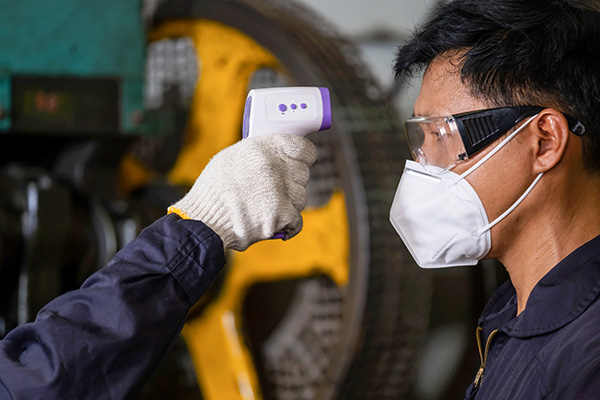
If industrial workplaces are to operate, the risk of infection must rise to the top level of concern for leadership, and the perception of risk is part of that concern.
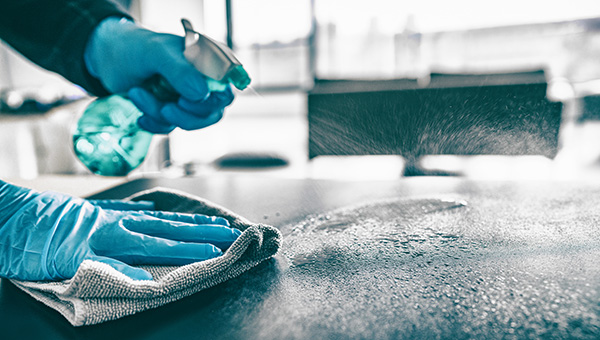
“One of the challenges employers must consider is perceived risk from the employee’s perspective,” says Dawson. “Do the measures in place make their employees feel safe in all areas of the job and the environment? Is the environment clean enough? Are there measures in place not only to protect a person from getting physically hurt but also from catching a disease like COVID-19? Most previous safety risks from doing a particular job are still there, but now businesses have to think not only about the physical safety hazards, but also the perception around how healthy the environment is, and they also must ensure that people feel safe enough to come to work.”
The Heightened Importance of PPE
Whether industrial risk is real or perceived, it still points to the need for proper gear to protect personnel. Personal protective equipment (PPE) is key to a safe and healthy environment – it has been, is, and always will be. When organizations place importance on such gear and budget for it accordingly, workers are both literally protected and feel safe in the workplace.
Having the right equipment, and enough of it is crucial to ensure workers feel safe in the workplace. The same personal protective equipment – gloves, hearing protection, respiratory protection, and eye protection – that was relevant before COVID-19, remains critical during and after the pandemic. But safer spaces and additional protective equipment may vary depending on an employee’s duty and the role they play within the industrial workplace.

“The required PPE is specific to a role,” says Dawson. “There have to be considerations for face masks, potentially face shields, gloves, and hand sanitizers, as well as any other equipment that may be new, better, or in addition to what a worker normally uses, if safety managers, as well as workers, deem it necessary to protect them.”
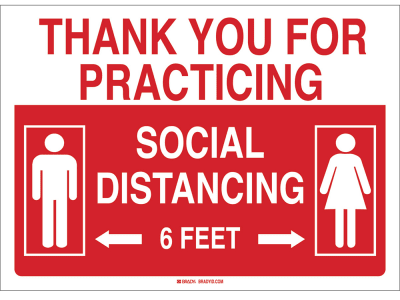
OSHA has created extensive online information to assist industrial leaders in understanding and managing the risk of COVID-19, by understanding their roles and actions that influence such risk.
According to OSHA: “Worker risk of occupational exposure to SARS-CoV-2 during a pandemic may depend in part on the industry type and the need for contact within 6 feet of people known to be, or suspected of being, infected with SARS-CoV-2. Other factors, such as conditions in communities where employees live and work, their activities outside of work (including travel to COVID-19-affected areas), and individual health conditions, may also affect workers’ risk of getting COVID-19 and/or developing complications from the illness.”
The quality, capability, and innovation of PPE has always played a major role in worker safety, helping foster an environment that keeps workers safe. But PPE and PPE products have come a long way, and they continue to evolve with more innovation to make equipment more comfortable (increasing likelihood of use) and more effective in the workplace.
Industrial evolution has brought many challenges to worker safety over the years, which subsequently resulted in regulations such as the Occupational Safety and Health Act of 1970 to govern the protection of workers from injury on the job. Agencies such as OSHA, along with employers continue to improve and adjust safety requirements and programs, leading to significant improvements in PPE.
“PPE and PPE programs have come a very long way,” says Dawson. “They continue to evolve with continuously more innovation to make PPE more comfortable and easier to work with.”
Safety Training and Education Complements PPE
Equipping workers properly is crucial to a safe and healthy work environment. So is education and training. Safety training and proper equipage go together to strategically foster a safe workplace in a globally competitive and challenging industrial environment. This is especially true during a pandemic where ordinary measures such as hand washing, are of increased importance but may have not previously an area of focus for safety training and education.
“Safety training and proper equipment go hand and hand,” emphasizes Dawson. “You can give someone a bundle of PPE equipment, but if they don’t know how to use it, why to use it, and how it keeps them safe or what it does – it will not get used and therefore be ineffective.”
Safety education programs are always necessary. And with today’s risks, safety education programs are more important than ever before. Ways of communication may be different due to social distancing, gathering, and other measures. But signs and posters become more important aids that educate and inform as safety procedures change.
“Organizations have a responsibility to identify hazards, make PPE equipment available to protect their teams, and also ensure that the teams are completely educated on the hazards and how to avoid them,” Dawson adds. “In addition to the right PPE, it is important to ensure that training, safety messages, and safety procedures are constantly reinforced. Organizations with robust safety programs have a lower occurrence of accidents which allows their team members to focus more on serving customers, and more importantly, go home safely to their families each day.”
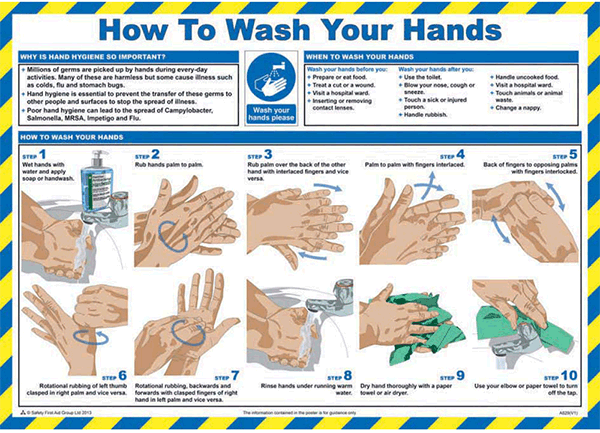
Get your Workplace Ready: Protective Measures w/ RS Pro by RS
